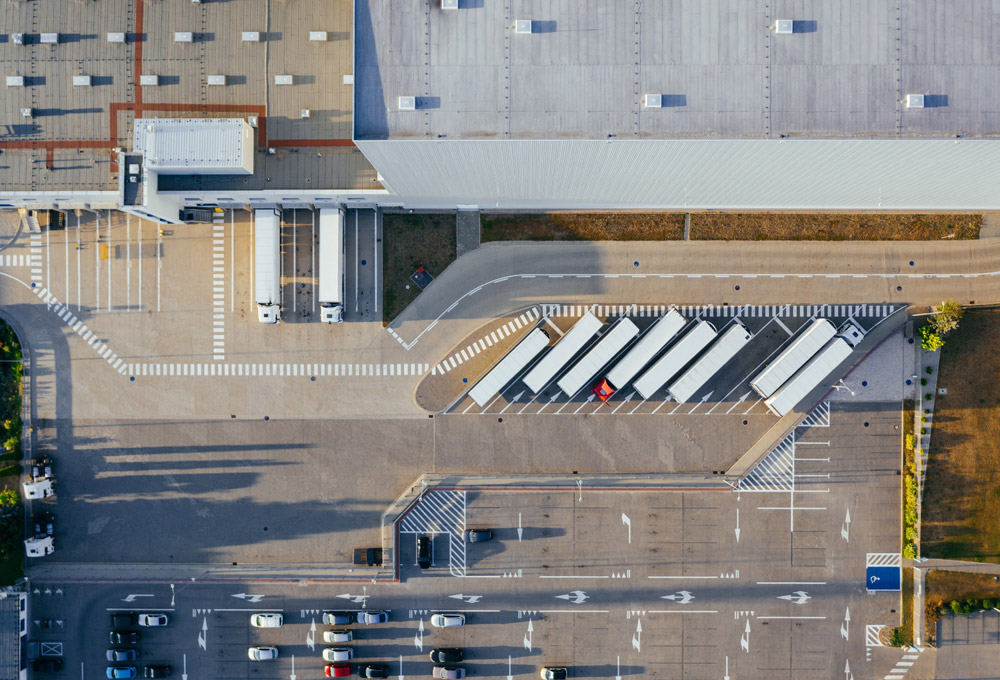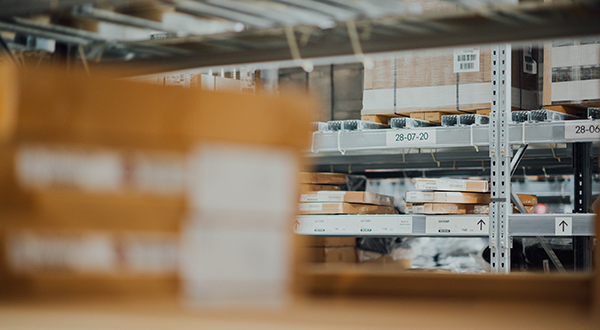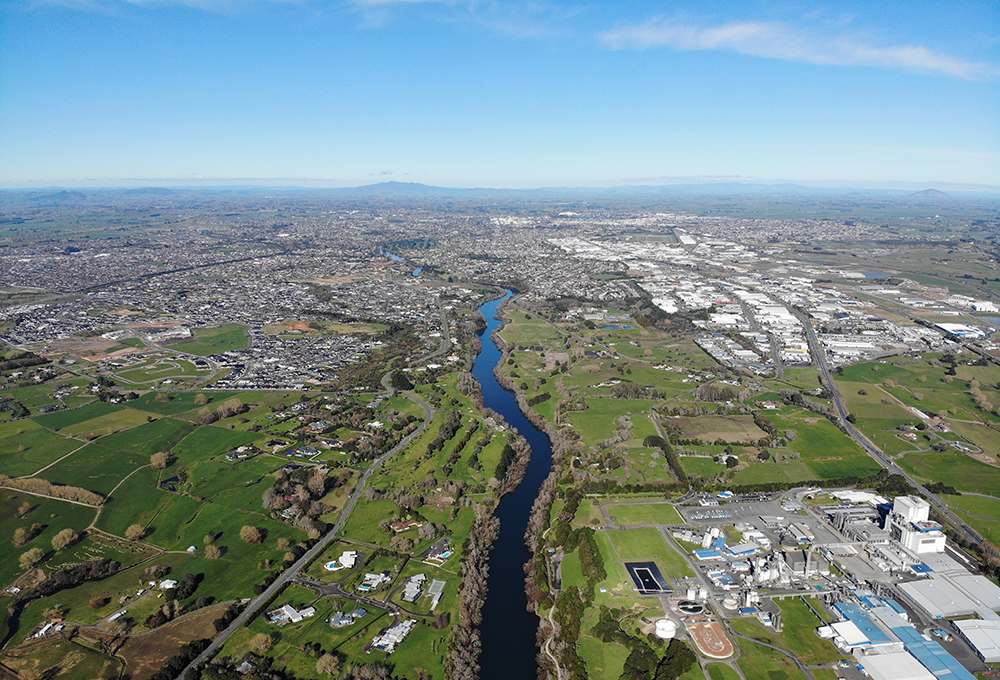Jump to section
Industrial & Warehousing
How will e-commerce impact distribution warehousing? How will autonomous vehicles affect the location of industrial districts?

Photo by Marcin Jozwiak on Pexels
COVID-19 IMPACTS
What is driving change?
Changes in Goods & Meal Delivery
The movement of goods has been changing considerably as household demand for freight has grown. It is estimated that U.S. per capita rate of deliveries remained relatively constant from 1963 to 2009. With the growth of e-commerce, however, it increased considerably between 2009 and 2017 and could double by 2023. Consumers can also easily arrange to have groceries and prepared meals delivered directly to their homes via mobile apps. The ease of online ordering may impact residential housing preferences moving forward.
Change in Demand for Warehousing Space
The shifts in demand for goods that are delivered rather than picked up at stores may lead to a shift in the amount and orientation of land used for certain purposes, particularly warehousing. Those shifts could also change the demand for industrial land overall.
Reduction of Brick-and-Mortar Stores
The expansion of e-commerce has coincided with closures in brick-and mortar stores. Store closures create vacancies and redevelopment opportunities, and cities may need to consider how they zone for retail space.
Future Changes

Photo by chuttersnap on Unsplash
What Could Happen?
- New warehouses and distribution centers may move to population centers to facilitate quick last mile delivery. This shift would be in addition to maintaining large fulfillment centers on the outskirts of urban areas. To encourage new patterns of industrial land use, land development regulations around siting, parking, and transportation access to warehouse and distribution centers may change to be oriented for automated delivery. In some cases, there may be a second life for smaller industrial properties that no longer serve modern manufacturing or warehousing needs.
- Retail locations may become partial distribution centers, blurring the line between retail and warehousing uses. With increasing demand for goods delivery, some retail outlets may be reoriented towards fulfillment, facilitating easy click-and-collect or delivery options for consumers. The amount of customer floor space would decrease, enabling a greater concentration of goods to be warehoused. This could significantly impact warehousing patterns, especially in dense urban areas.

Photo by Patrick Tomasso on Unsplash
EVIDENCE TO DATE
- Warehousing supply has increased significantly, while the size of new warehouses has been steadily expanding. The growth of e-commerce is the genesis of this trend. According to data from the Bureau of Labor Statistics, more than 3,000 new establishments classified as warehouse or storage were added between 2009 and 2018. The average size of new warehousing in suburban and exurban areas in the U.S. has more than doubled in size from 500,000 sq. ft. to over 1 million sq. ft.
- The development of urban warehousing to accommodate e-commerce is already in progress. Cities such as Chicago, Seattle, and New York City as well as Hong Kong, and Singapore are seeing more and more urban warehouses being built. Prologis built the first multi-story warehouse in the United States just outside of downtown Seattle, and more of these urban vertical warehouses are in the works with the goal of reducing the distance between goods and consumers.
Quick facts
Si aliae qui ommolenet que prati aut eossitae optatus daepell uptatur andante comni idebit quid moluptio te am quat facculparum recaecte.
- Amazon alone accounts for 21 million square meters of warehousing space worldwide across 894 existing or planned distribution centers.
- Over 18,000 warehouses currently exist in the United States according to data from the Bureau of Labor Statistics, although this number still does not meet demand.
- The average warehouse size increased by an average of 143% across 2012-2017 as compared to a similar high-development period spanning from 2002-2007.
What to do
Si aliae qui ommolenet que prati aut eossitae optatus daepell uptatur andante comni idebit quid moluptio te am quat facculparum recaecte.
Not sure where to start? Below are four What to Do pages that we think are especially relevant to Industrial & Warehousing:
- Streets & Curbside Management (Governance)
- Shifting Role of Building Lobbies (Design)
- Retail & E-commerce (Governance)
- Curbside Management Design Strategies (Design)
Resources
Policies, pilots, and approaches
Communication tools
See something that should be here that isn't? Have a suggestion to make?




